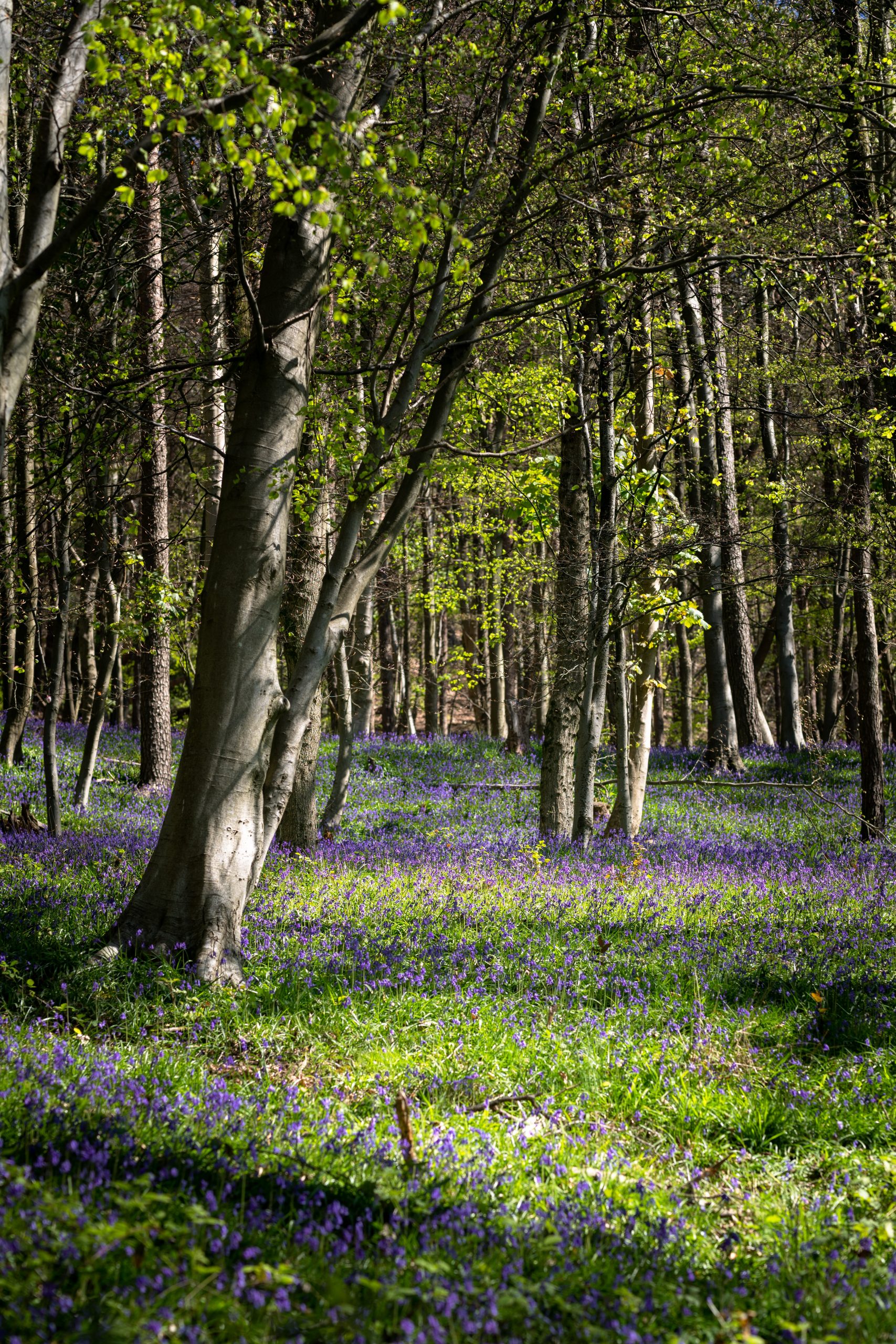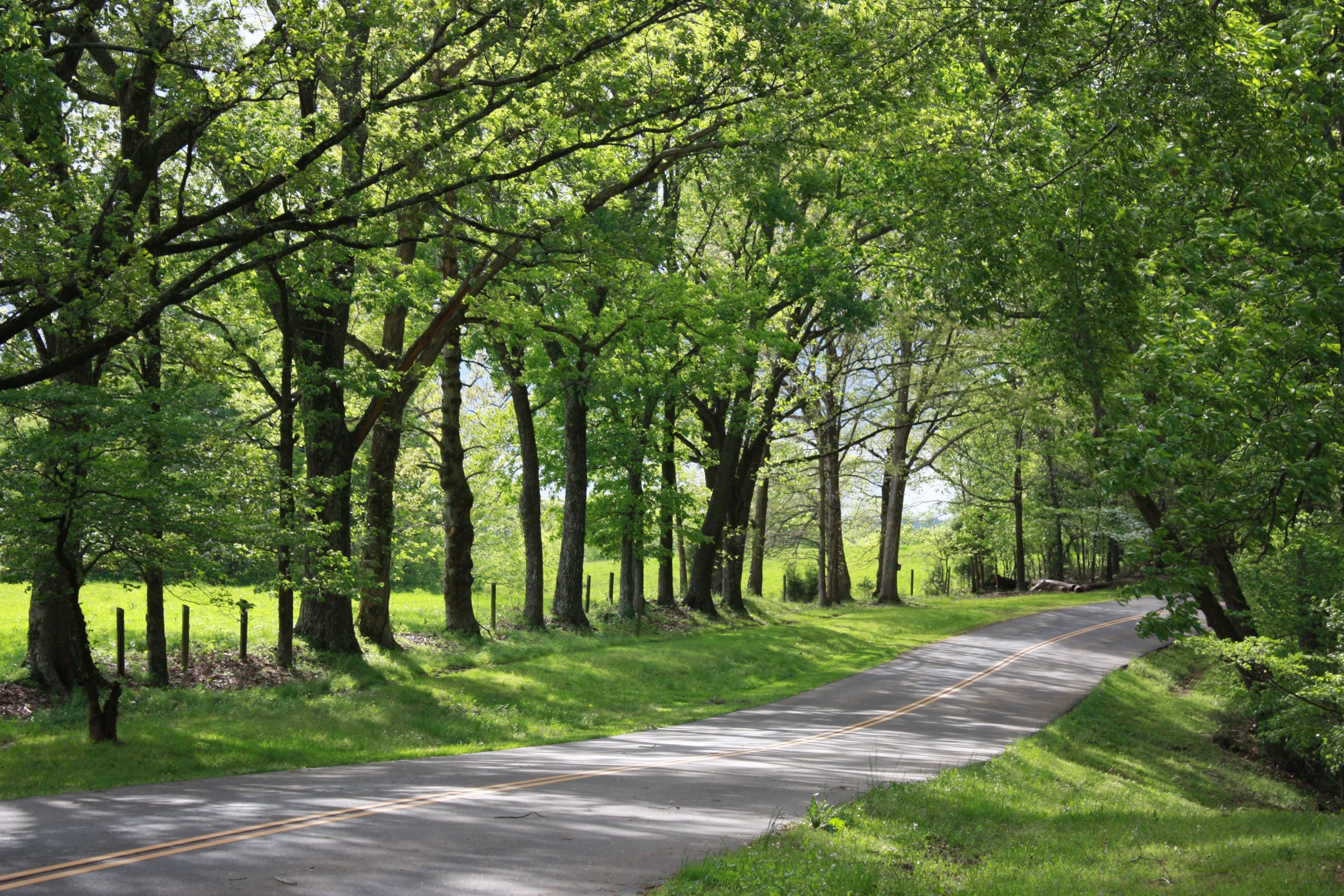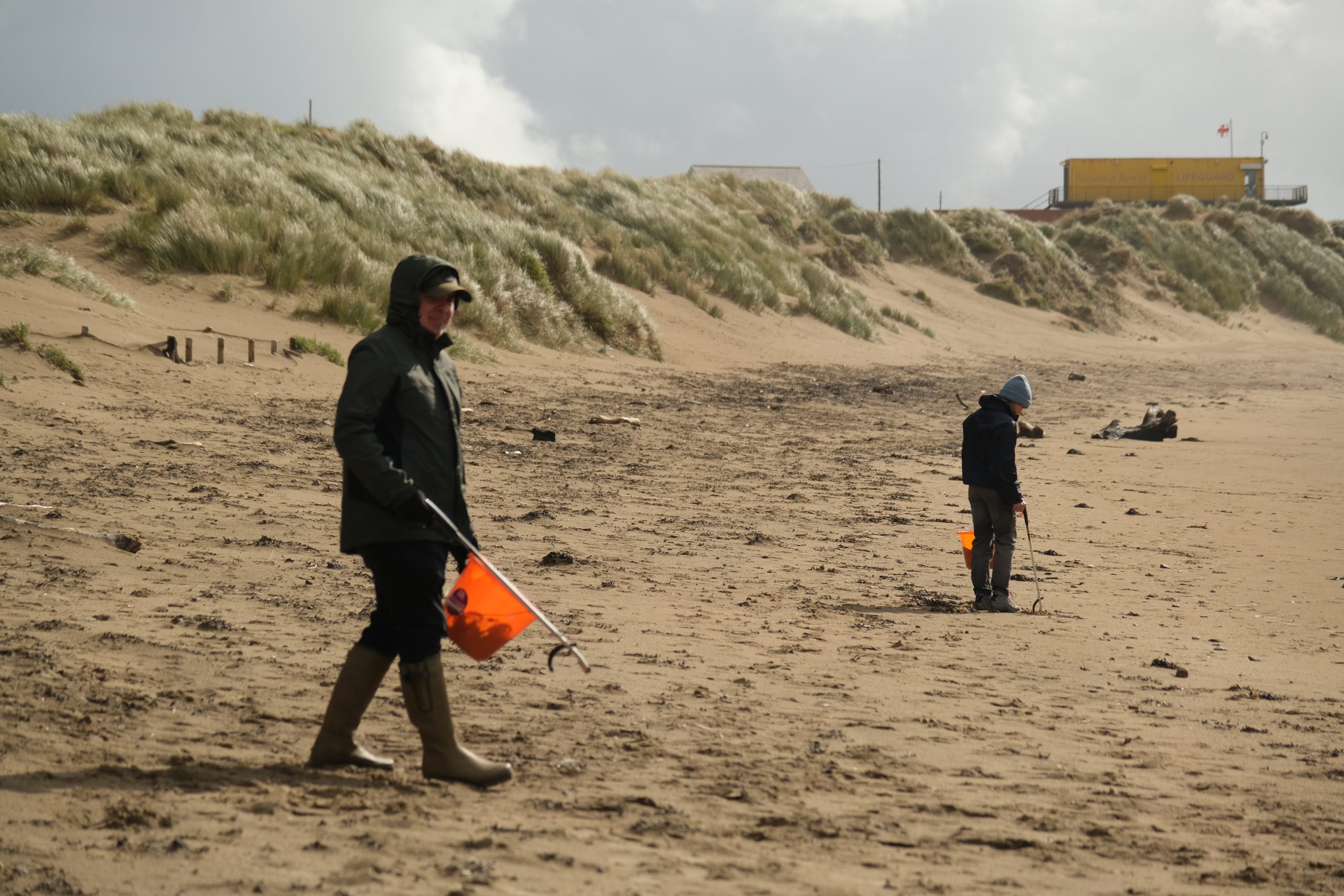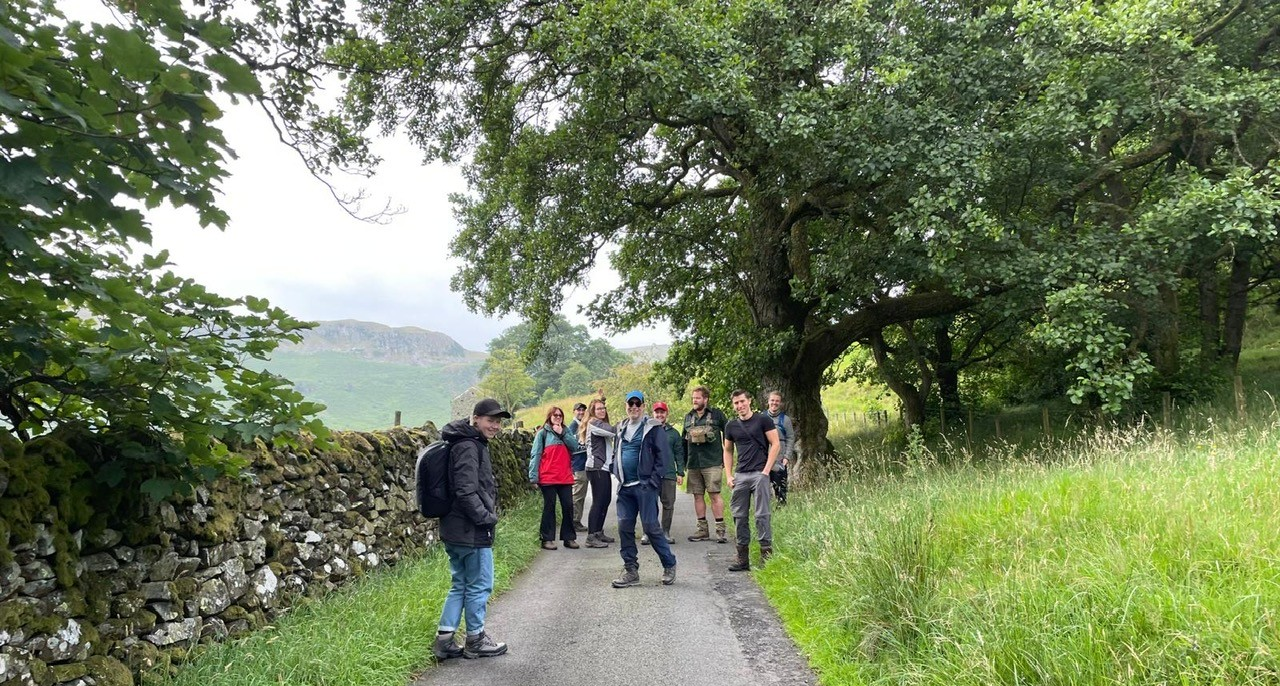“We’re going for an outline application – can BNG not be a Reserved Matter?”
We hear this question a lot.
In our experience, the short answer is ‘no’.
Regardless of what is in the Act, Local Planning Authorities must address BNG with every application.
If it’s apparent the development will result in a loss in BNG, LPAs must have a mechanism (via S106/Planning Conditions) at the outline stage to secure the delivery of BNG off-site. This can be either through the council or a 3rd-party and shouldn’t be secured via Reserved Matters.
However, within Para 19 (1) of Schedule 14, the Act states that the SoS may by regulations make provision modifying the application of BNG in relation to ‘the grant of outline planning permission, where the reservation of matters for subsequent approval has the effect of requiring or permitting development to proceed in phases or the grant of any kind of planning permission, where the grant is subject to conditions having that effect’.
So, it does seem like a precedent may be set here to defer BNG to Reserved Matters.
With that being said, our opinion on the matter is that we think this is dangerous and should be applied very carefully.
Regardless of the ability to condition BNG and not provide the calculations upfront with an outline application, it can only ever be sensible to know what kind of BNG loss you could be looking at upfront, and well in advance of a planning submission.
With an average tariff of c.£10k – £15k to offset each BNG unit, developers really need to be considering if a large, commuted sum could then make a development unviable.






